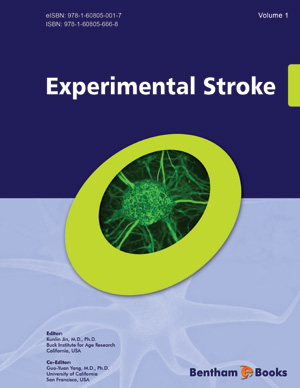Abstract
The blood brain barrier (BBB) is the central homeostatic controller of the brain environment and plays an important role in disease. Disruption of normal BBB functionality is a significant event in the pathogenesis of cerebral ischemia. Therefore, strategies that attenuate BBB disruption during cerebral ischemia and reperfusion represent viable therapeutic approaches capable of decrease the severity of ischemic injury, including reducing the risk of hemorrhage and edema formation. The endothelin (ET) system comprises three peptides (ET-1, ET-2, and ET-3) and two receptor sub-types (ETA and ETB) [1,2]. This system is involved in a diverse array of physiological process. The ET system is also plays an integral role in BBB dysfunction through the modulation of ion transporters, water channels, and the recruitment of various cellular mediators of the inflammatory response. Because of this involvement, the ET system represents a possible therapeutic target for the treatment of cerebral ischemia. This review examines the interplay between the BBB and the ET system in cerebral ischemia.






















